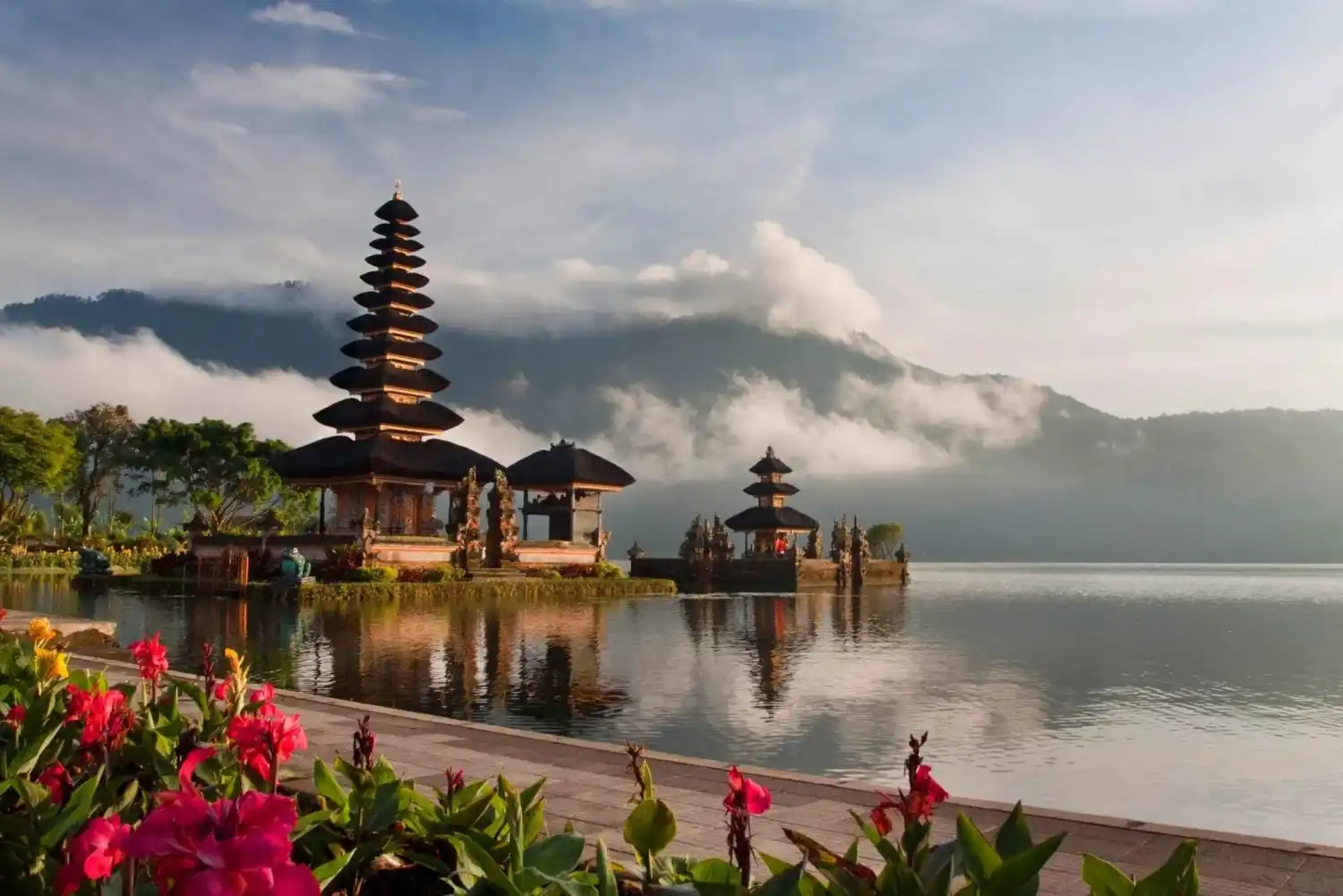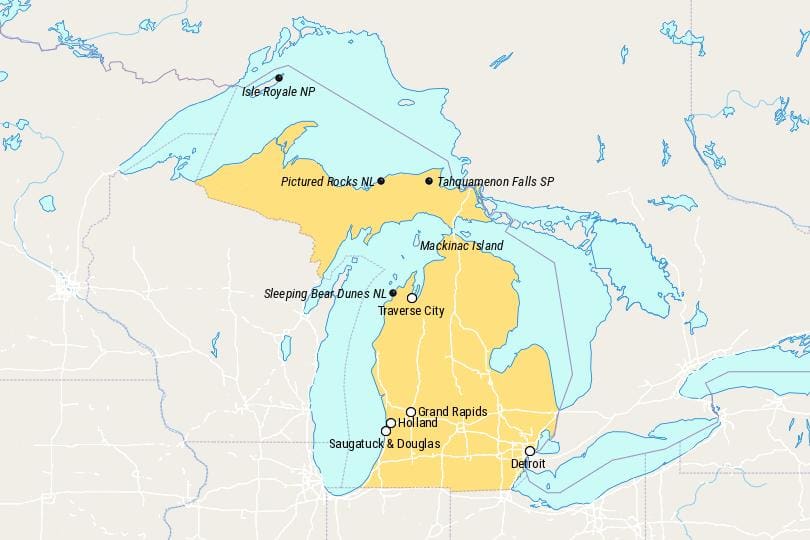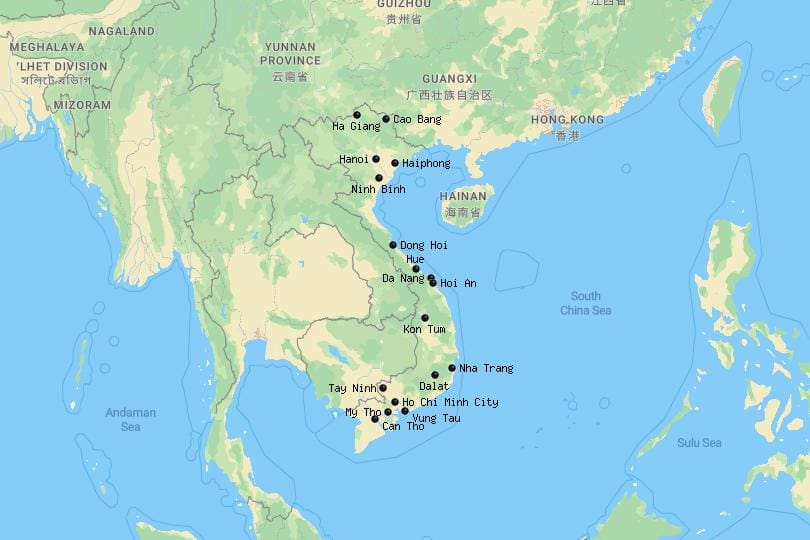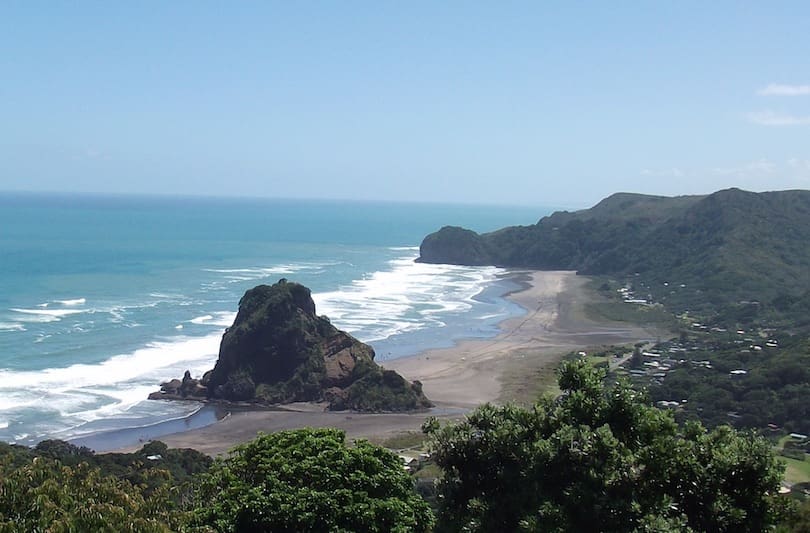Discover the enchanting location of Bali, Indonesia, with our comprehensive guide for travelers. From its coordinates to hidden gems, this article has you covered.
Introduction
Bali, often dubbed the “Island of the Gods,” is a mystical paradise nestled in the Indonesian archipelago. Its breathtaking landscapes, rich cultural heritage, and vibrant communities have made it a top destination for travelers worldwide. If you’re planning a visit to Bali, it’s essential to know exactly where it’s located and what you can expect. In this guide, we will take you on a journey to uncover the secrets of Bali’s location, from its coordinates to the wonders that await you.
Where is Bali on the Map?
Bali’s Geographic Coordinates
Bali is situated in Southeast Asia, and more precisely, it is an island province in Indonesia. Its geographic coordinates are approximately 8.3405° S latitude and 115.0920° E longitude. These coordinates place Bali just south of the equator, giving it a tropical climate that attracts sunseekers year-round.
Bali’s unique location close to the equator means you can expect warm, tropical weather throughout the year. However, it’s worth noting that the island experiences two distinct seasons: the dry season from April to September and the wet season from October to March. Travelers often prefer visiting during the dry season to make the most of Bali’s outdoor attractions.
Bali’s Position within Indonesia
Bali: Part of the Indonesian Archipelago
Bali is part of the Indonesian archipelago, a collection of more than 17,000 islands scattered across the equator. It is one of the 34 provinces that make up the Republic of Indonesia. Bali is positioned between Java, the most populous island in Indonesia, and Lombok, another picturesque island.
Being part of Indonesia, Bali has a unique cultural blend influenced by various regions, including Java and Sumatra. This cultural diversity is reflected in its art, dance, music, and cuisine, making Bali a captivating destination for those seeking a rich cultural experience.
Island Size and Layout
Bali’s landmass covers approximately 5,780 square kilometers, making it a relatively small island compared to others in the Indonesian archipelago. Despite its size, Bali packs an astonishing diversity of landscapes, from lush rice terraces to volcanic mountains, dense jungles, and pristine beaches.
Traveling across Bali, you’ll notice that the island’s terrain varies significantly from one region to another. The southern coast is famous for its vibrant beach towns and bustling nightlife, while the central part of the island is known for its lush greenery and artistic communities. In contrast, the northern and eastern regions offer tranquil retreats and natural wonders.
Traveling to Bali
Airports Serving Bali
To reach Bali, you’ll most likely arrive at Ngurah Rai International Airport, also known as Denpasar Airport (DPS). This major airport welcomes international flights from various destinations, making it a convenient entry point for travelers. The airport is located in the southern part of Bali, near the capital city of Denpasar.
Upon landing at Denpasar Airport, you’ll find numerous transportation options to get to your accommodation, whether it’s in the vibrant beach towns of Kuta and Seminyak or the cultural hub of Ubud. Taxis, ride-sharing apps, and airport shuttles are readily available.
Getting Around Bali
Once you’ve arrived, getting around Bali is relatively easy. The island has a well-developed transportation system, with options like taxis, ride-sharing apps, and motorbike rentals. Many tourists also choose to hire a local driver for the day to explore the island’s attractions.
If you’re planning to explore beyond the typical tourist areas, it’s worth considering renting a motorbike. This gives you the freedom to venture off the beaten path and discover Bali’s hidden gems, such as secluded beaches, tranquil villages, and scenic viewpoints.
Must-Visit Places in Bali
Ubud: The Cultural Heart of Bali
Ubud, located in the central part of Bali, is renowned for its rich cultural scene. Explore traditional markets, ancient temples, and lush rice terraces. Don’t miss the Sacred Monkey Forest Sanctuary, where you can encounter playful macaques.
Ubud is also a hub for yoga and wellness retreats, attracting travelers seeking relaxation and spiritual growth. The town’s serene atmosphere and artistic community make it an ideal place to unwind and connect with Bali’s cultural heritage.
Kuta and Seminyak: Bali’s Beach Party Hotspots
For those seeking vibrant nightlife and beachfront fun, Kuta and Seminyak are the go-to destinations. Enjoy sunset cocktails, surfing, and shopping in these bustling beach towns. Kuta, in particular, is famous for its energetic nightlife, while Seminyak offers a more upscale dining and shopping experience.
Both Kuta and Seminyak are conveniently located near Denpasar Airport, making them popular choices for travelers who want to start their Bali adventure right away.
Uluwatu Temple: A Cliffside Wonder
Uluwatu Temple, perched on the cliffs of the Bukit Peninsula, offers not only breathtaking views but also mesmerizing Kecak dance performances. It’s a must-visit for both culture and scenery enthusiasts. Arrive in the late afternoon to witness the stunning sunset over the Indian Ocean.
Bali’s Hidden Gems
Nusa Penida: Untouched Beauty
Nusa Penida, a nearby island, is Bali’s hidden gem. Its rugged coastline, crystal-clear waters, and vibrant marine life make it a diver’s paradise. Take a day trip from Bali to explore this untouched beauty, swim with manta rays, and hike to breathtaking viewpoints.
Munduk: Serene Mountain Retreat
Escape the crowds in Munduk, a peaceful mountain village known for its cool climate and stunning waterfalls. It’s an ideal spot for nature lovers. Explore lush forests, hike to waterfalls like Munduk and Melanting, and immerse yourself in the tranquility of Bali’s highlands.
Tirta Empul Temple: Purification Rituals
Visit Tirta Empul Temple to witness traditional Balinese purification rituals. You can even participate and cleanse your spirit in the sacred springs. This temple is not only a place of worship but also a cultural experience that provides insight into Balinese spirituality.
Frequently Asked Questions
Q: What is the best time to visit Bali? A: The dry season from April to September is the best time to visit, with sunny weather and lower chances of rain.
Q: Is Bali safe for solo travelers? A: Bali is generally safe for solo travelers. However, like anywhere else, it’s essential to take common-sense precautions.
Q: Do I need a visa to visit Bali? A: Most tourists from eligible countries can enter Bali visa-free for up to 30 days. Check your country’s specific requirements before traveling.
Q: What currency is used in Bali? A: The official currency of Bali is the Indonesian Rupiah (IDR).
Q: Can I use English in Bali? A: Yes, English is widely spoken in tourist areas, making it convenient for travelers.
Q: Are there any cultural etiquette tips for visiting Bali? A: Yes, it’s essential to respect local customs and traditions, such as covering your shoulders and knees when visiting temples.
Conclusion
Bali’s enchanting location, nestled in the Indonesian archipelago, makes it a dream destination for travelers seeking natural beauty, culture, and adventure. Whether you’re drawn to its pristine beaches, lush jungles, or vibrant cultural scene, Bali offers an unforgettable experience. Now that you know where exactly Bali is located and what wonders await you, start planning your journey to this tropical paradise.














